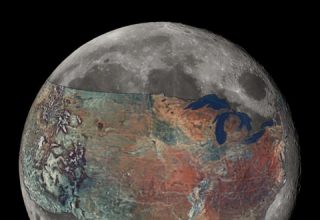
The perception of this separation, like all perceptions, appears in the awareness of the observer. But understanding this seems to make no difference. This is because it is the contextual structure of our awareness itself and not just its content that has us trapped. The term we usually use to signify the structure of human awareness is the “mind”. The content manifests itself as a stream of consciousness in the form of a story we tell ourselves about ourselves, about the world and about the relationship between the two. And because the mind functions as a survival mechanism, constantly on the look out for possible threats, every outside is perceived as a potential danger.
Not only does the mind shape how the world appears to us, it also has us believe in the reality of that appearance, including the appearance of the separation between inside and outside. On this side of the separation is the main character of the story we are telling ourselves. We call that character “me” and the name we give to all like-minded “me’s” is “us”. Once we identify with the main character we’ve identified with our own mind, and we do this so totally and so automatically that we don’t even know we’ve done it. In a way, one could say we’ve been kidnapped, held hostage and are now suffering from a severe case of Stockholm Syndrome.
It required thousands of years for humankind to explore our planet sufficiently to discover that it is round and not flat, despite our first naïve perception of it. Not too long after that we discovered that our planet isn’t a fixed point located at the center of the Universe as it first appeared to be. Most recently, by virtue of our longing to explore the vast reaches of outer space beyond our planet, the astronauts sent us back pictures of our world as a little blue marble hanging in the black expanse. And just as it required a vast expenditure of energy to overcome the force of gravity to be able to see ourselves from a new and larger point of view in outer space, so too will it require a vast expenditure of energy to break free of the gravitational pull of the belief that we are a fixed point – a “me” – in inner space.
The new question to ask ourselves might be: how do we humans break free of the gravitational pull of the identification with the mind? One possible answer comes from Jiddu Krishnamurti who claimed that insight could provide the necessary energy. The act of seeing the functioning of the mind, i.e. becoming aware of the nature of awareness, is sufficient to at least begin the process of breaking free. David Bohm, the renowned quantum physicist and Krishnamurti’s frequent dialogue partner, argued that the mind shapes our perception of reality as part of its survival function but, because it cannot perceive itself, it doesn’t know it’s doing that. As we become more conscious of the “story-ness” of our lives as well as the mechanical patterns of the character’s behavior, we are more able to view ourselves from beyond our usual orbit of perception.
Download Article
















